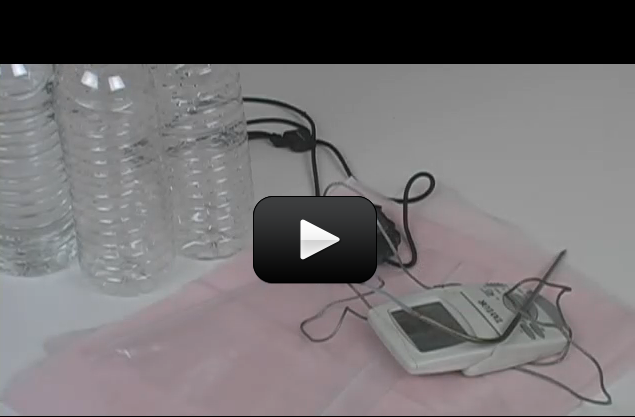Scientists do experiments here on Earth to better understand the physics of distant worlds. We’re going
to simulate the different atmospheres and take data based on the model we use.
Each planet has its own unique atmospheric conditions. Mars and Mercury have very thin atmospheres, while Earth has a decent atmosphere (as least, we like to think so). Venus’s atmosphere is so thick and dense (92 times that of the Earth’s) that it heats up the planet so it’s the hottest rock around. Jupiter and Saturn are so gaseous that it’s hard to tell where the atmosphere ends and the planet starts, so scientists define the layers based on the density and temperature changes of the gases. Uranus and Neptune are called ice giants because of the amounts of ice in their atmospheres.
Materials
- 4 thermometers
- 3 jars or water bottles
- Plastic wrap or clear plastic baggie
- Wax paper
- Stopwatch


It was interesting to have the air temperature stay the same throughout the experiment but the bottles change so much. The one with cling wrap the highest temp. Plain bottle was the lowest/
While air stayed same bottle with saran wrap went up every time up to over 99. Clear bottle 10 degrees less.
Yes – thanks for requesting this, I’ll have my assistant help you with your request. Also note – this week in our live class series (click “LIVE CLASSES” in nav bar near the top) we’re doing atmosphere and weather, so feel free to join us or watch the recordings!
Hi, my daughter is doing 6th grade earth-space science topics right now. We thought the “atmospheres” lesson would be a great addition to what we’re learning. The lesson is listed in the 6th grade material, but it says it’s for High School only. Is there any way to open up some of the earth-space material to the elementary courses or would it be more beneficial to put my 6th grader in the high school level material?